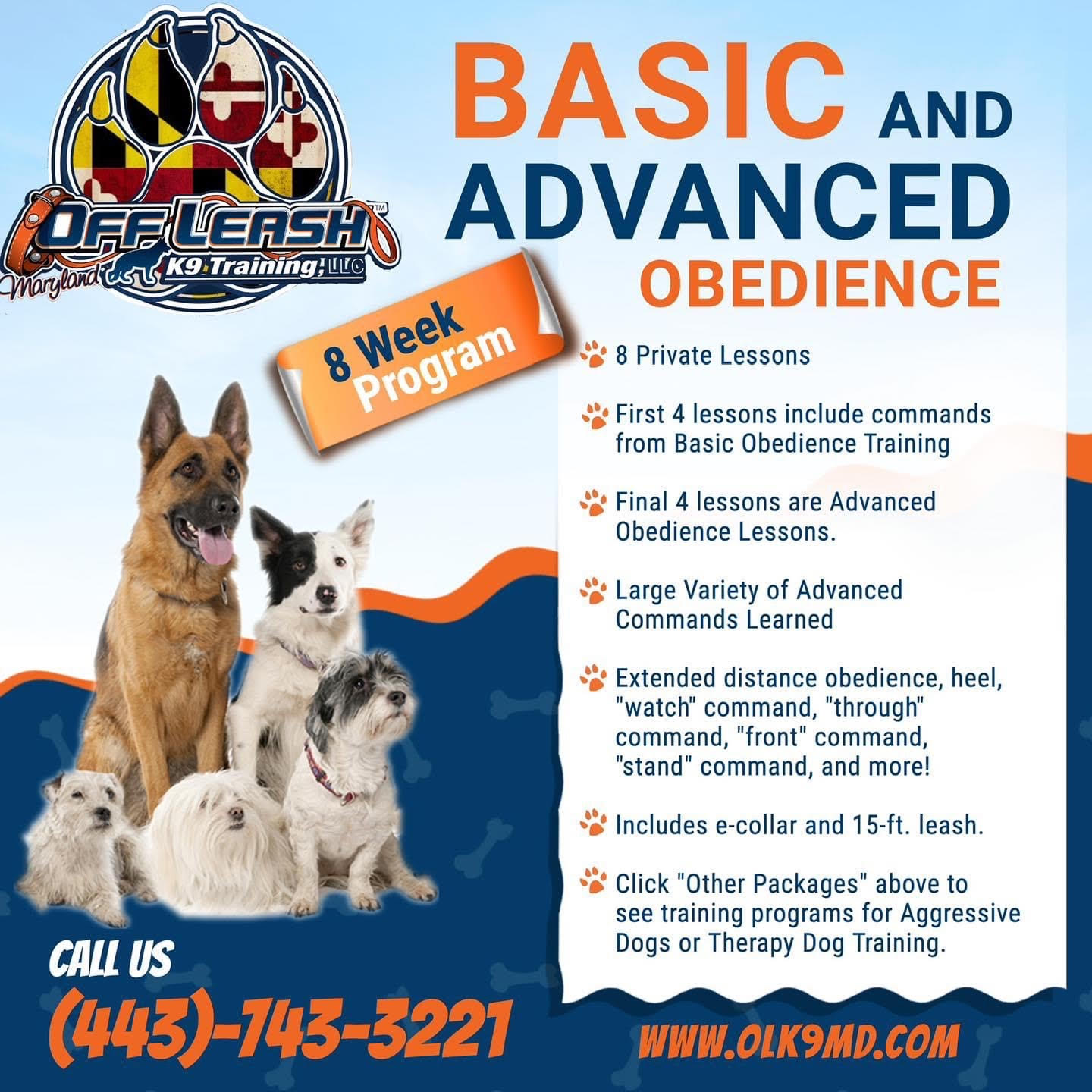Blitz News Digest
Stay updated with the latest trends and insights.
Sit, Stay, Play: Secrets to a Well-Trained Dog
Unlock the secrets to a perfectly trained dog! Discover fun tips and tricks to enhance your pup’s behavior and strengthen your bond today!
5 Essential Commands Every Dog Should Know
Training your dog to respond to essential commands is not only crucial for their safety but also enhances the bond between you and your furry friend. Five essential commands every dog should know include:
- Sit
- Stay
- Come
- Down
- Leave it
Starting with the sit command is foundational as it teaches your dog to be calm and can serve as a prelude to other commands. Teaching stay is vital for their safety, particularly in potentially dangerous situations. The come command is indispensable for recall, ensuring your dog returns to you when called. Additionally, the down command is beneficial for rewarding calm behavior. Finally, the leave it command can prevent your dog from picking up harmful objects. Together, these commands form the backbone of a well-behaved dog.

The Importance of Socialization in Dog Training
Socialization is a crucial aspect of dog training that lays the foundation for a well-adjusted pet. By exposing your puppy or dog to various environments, people, and other animals, you help them become more comfortable and confident in their surroundings. This process not only reduces anxiety and fearfulness but also significantly decreases the likelihood of developing behavioral issues later in life. A well-socialized dog is often more obedient and easier to train, as they are less likely to be distracted by unknown stimuli.
To effectively socialize your dog, consider implementing the following steps:
- Start early: The critical period for socialization is between 3 and 14 weeks of age.
- Expose your dog to new experiences gradually: Introduce them to different sounds, sights, and smells to build their confidence.
- Encourage positive interactions: Use treats and praise when your dog encounters something new, to create a positive association.
- Join training classes: Socializing with other dogs and their owners can be a great way to enhance your dog's social skills.
How to Create a Positive Training Environment for Your Dog
Creating a positive training environment for your dog is essential for effective learning and bonding. Start by establishing a consistent routine that your dog can expect each day. This includes regular training sessions, playtime, and potty breaks. Positive reinforcement techniques, such as treats and praise, encourage good behavior while fostering a trusting relationship between you and your furry friend. Remember, your energy and attitude can greatly impact your dog's willingness to learn, so maintain a calm and encouraging demeanor during training.
Additionally, consider the physical environment where you train your dog. Choose a space that is free from distractions and has plenty of room for movement. This can help your dog focus on the tasks at hand. Incorporate interactive toys or engage in frequent breaks to keep training fun and exciting. Finally, be patient and consistent; every dog learns at their own pace. Emphasizing a positive training environment not only leads to better obedience but also strengthens the bond between you and your pet.